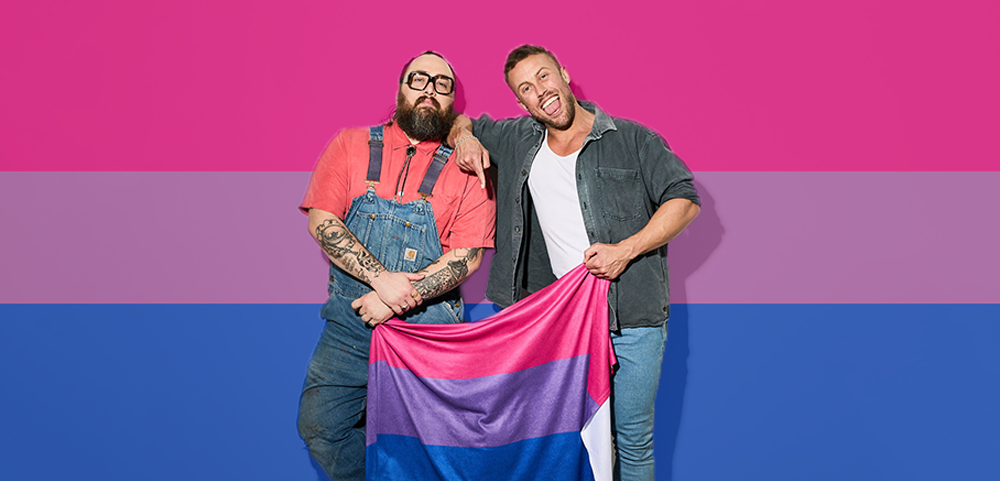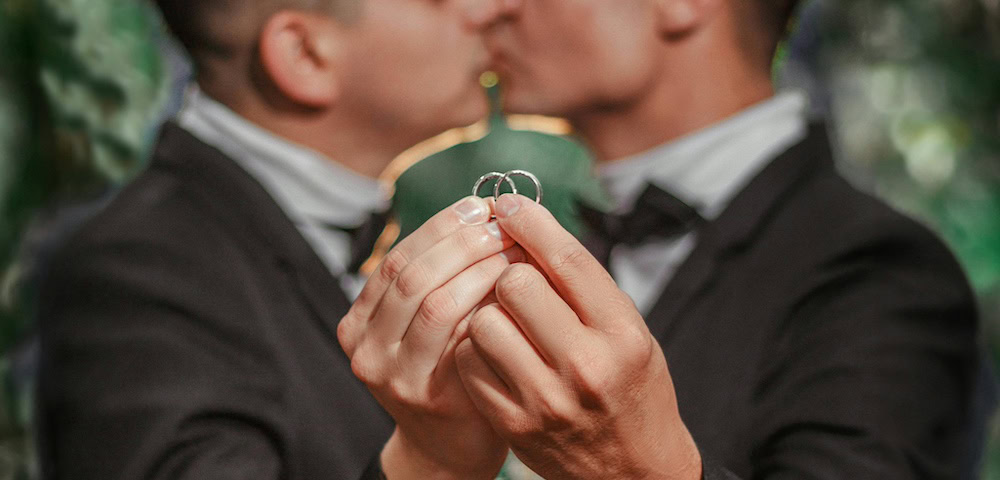

 Last week, NBA player Jason Collins made a splash when he became the first active male athlete in a major US team sport to come out. It was a courageous move that deserves respect.
Last week, NBA player Jason Collins made a splash when he became the first active male athlete in a major US team sport to come out. It was a courageous move that deserves respect.
You may have noticed a lot of qualifiers there though. Collins certainly isn’t the first queer sportsperson out there. Importantly, whilst he’s broken down a barrier in men’s sport, women have been smashing through it for years. For example, Martina Navratilova and Billie Jean King both dominated the tennis courts whilst out. The WNBA hosts a number of out players – Sue Wicks, Sheryl Swoopes, Brittney Griner and Seimone Augustus have all enjoyed careers in basketball whilst being out.
Despite this however, we rarely hear about queer women sportspeople. Whilst Collins got global coverage, the coming out of Wicks, Swoopes, Griner and Augustus were all met with a collective yawn.
A quick explanation for this is that because it is generally assumed that women sportspeople are queer and it is therefore not surprising when they come out. Of course, this assumption, based around the stereotypes of lesbians being butch and gay men being feminine, is extremely queerphobic.
However, the collective yawn around queer women, exposes a lot of sexism too – both within the queer community and broader society. Firstly, mirrored with our general society, men have greater space within the queer community – and importantly queer identity – than women. Popular queer characters are normally men, queer advertising is almost always targeted at men, and festivals and activities are focused at men. When our society thinks of homosexuality, it thinks of men.
Many argue that this goes back to how society treats women’s sexuality. In our sexist society, women’s sexuality is often viewed through the lens of pleasing men. Trudy Hamilton argues that this extends to lesbians as well:
“Lesbians exist to ‘perform’ for men, not as independent humans in their own relationships with their own meaningful lives.”
Heterosexual women’s sexuality is about pleasing men sexually, whilst lesbians please men through fulfilling their fantasies. Men’s sexuality is celebrated, whilst women’s is judged purely on how it acts in relation to men. In doing so therefore, our society effectively ignore women’s (homo)sexuality – meaning when men come out it makes international headlines – for women it treated with a ‘meh’ attitude.
The ‘meh’ attitude to queer women in sport is one part of this bigger picture. Just like we ignore queer women in other contexts we do so in sport as well. This says that when breaking down the queerphobia we also have another challenge: to challenge the inherent sexism in sport, and our society, as well. This challenge is just as big, and just as important.








